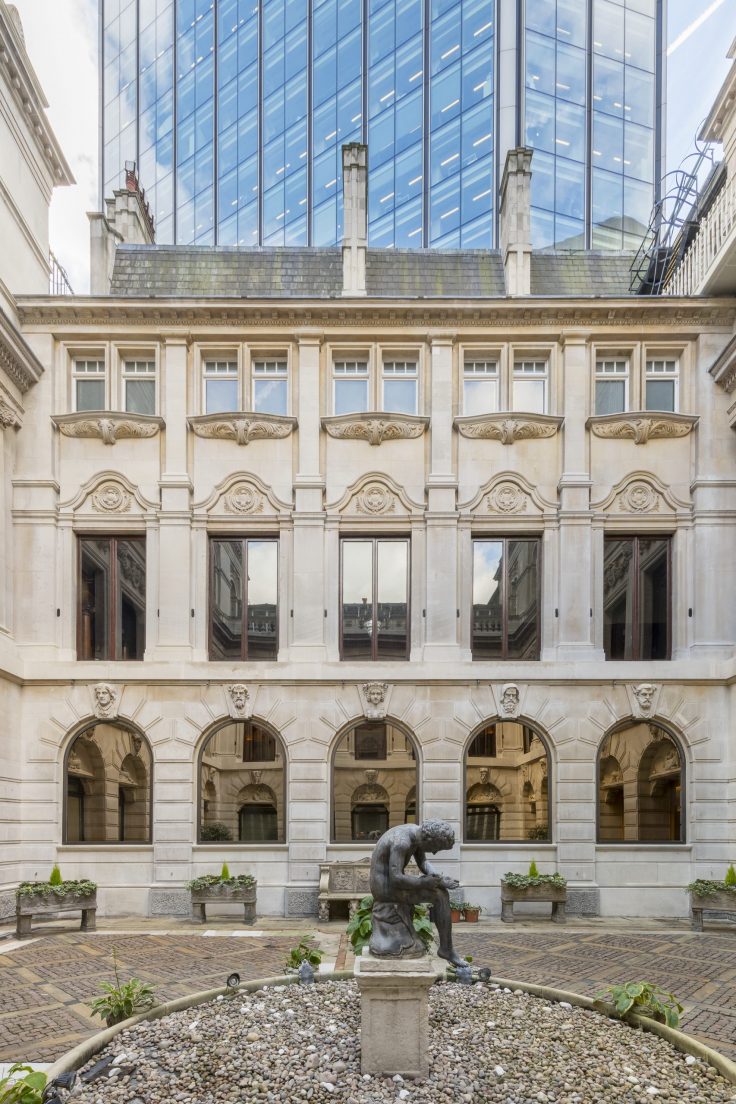

The Stone Heritage Group is an arm of Stone Federation dedicated to resourcing the heritage sector of the natural stone industry and promoting the use of Federation members for projects of this nature. Almost 50% of the overall membership work within the conservation and restoration sector, and it plays a large part in the overall natural stone arena.
This month, we are taking a brief look at where to begin when considering the cleaning of natural stone buildings.
The cleaning of a building is no simple matter and there are special considerations which call for a high degree of expertise in all elements and stages of stone cleaning. Specialised knowledge is necessary for the correct specification to be given for each building.
In the past, it was smoke emissions from the burning of coal that caused the soiling of buildings but today it is vehicle exhaust emissions and acid rain that are mainly responsible. Many studies have shown that there are advantages to cleaning buildings on a regular basis.
The correct cleaning of natural stone is a priority for the sector as much of the architectural heritage of the country is made from this material. Stone is one of the most durable of all building materials and compares very favourably with others from an economic as well as an aesthetic point of view, especially when maintenance and whole life costs are taken into account.
Nevertheless, proper maintenance is essential and if this is carried out periodically with suitable skill and understanding, the greater will be the environmental and practical advantages in the preservation of the structure. What must be stressed however, is that in the wrong hands and by the use of the wrong process for the material in question, much harm can be caused with unsightly effects, some of which may not become apparent for some months after the cleaning has been completed and will be difficult, if not impossible, to remedy. This is why it is imperative to involve a member of Stone Federation at an early stage when the cleaning is being considered.
It is essential that cleaning should be carried out by fully trained operatives in order to avoid any damage being caused by an inappropriate cleaning method or an incompetent operative. It should be remembered that decay can often take place around an open joint or cracked stone which cannot be seen if they are obscured by dirt or heavy soiling.
Reference should also be made to BS 8221 (part 1): 2000 Code of Practice for Cleaning and Surface Repairs. Stone Federation also produces other relevant publications and these can be found on their website at www.stonefed.org.uk.
The Stone Federation Great Britain Guide to Best Practice is based on the relevant parts of a number of British Standards relating to masonry cleaning and incorporates current good practice. It sets out the principal factors involved when deciding to clean and maintain buildings incorporating different types of masonry.
This document’s aim is to give subjective advice as a guide; however, it is by no means a definitive guide. Variables exist with every project and no two projects are the same.
To order your copy of this publication you can email matt@stonefed.org.uk. Please note that our publications are not available to companies that could be members but are not.

